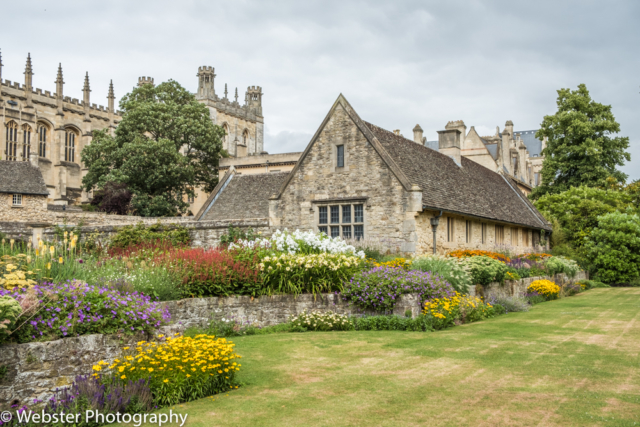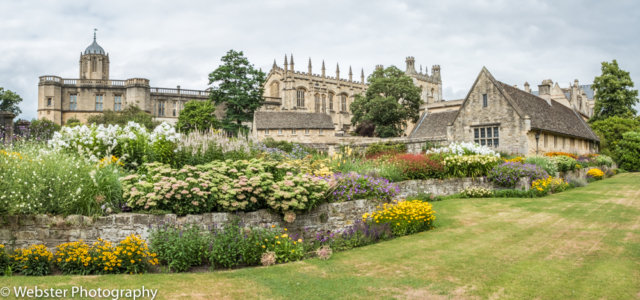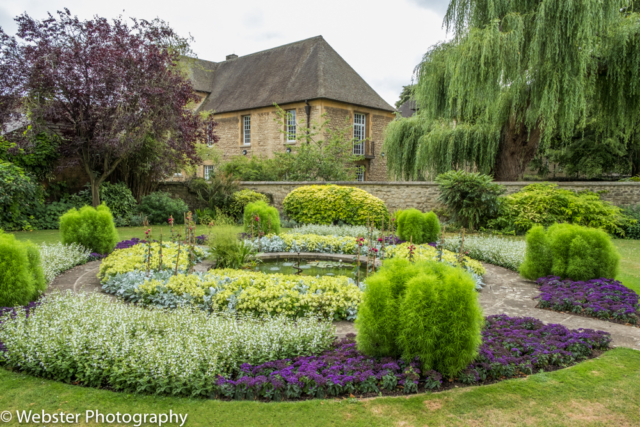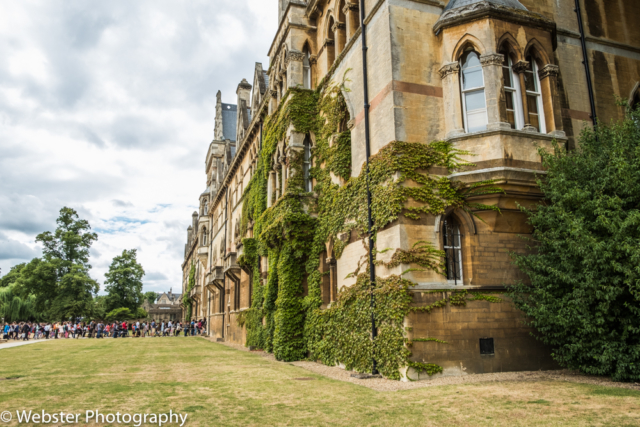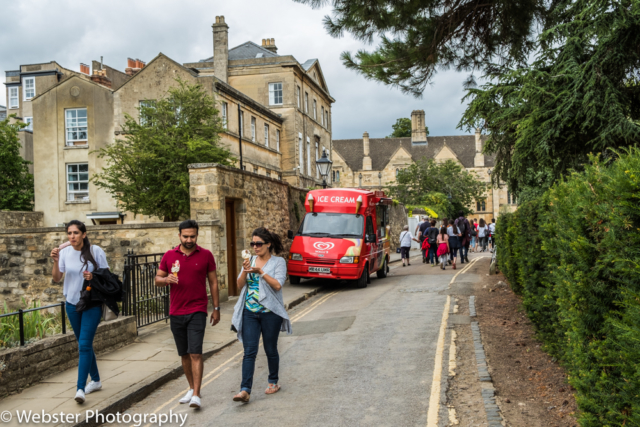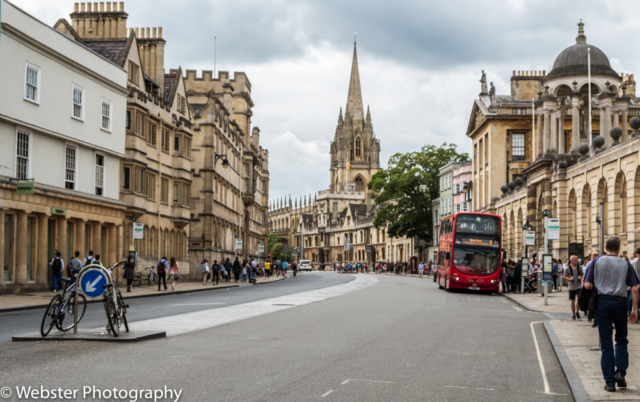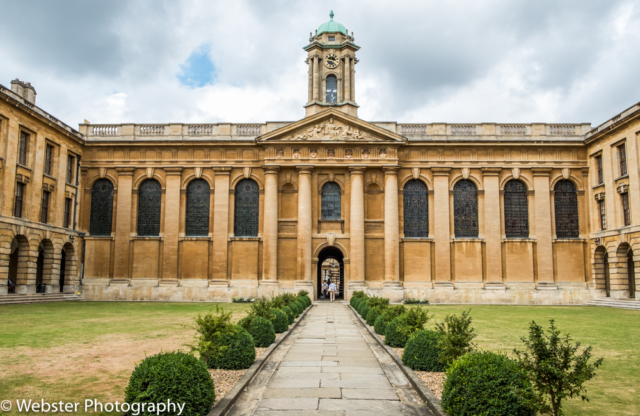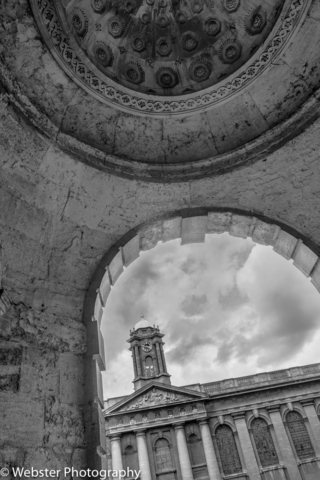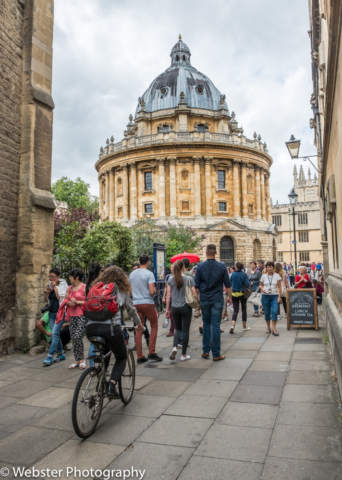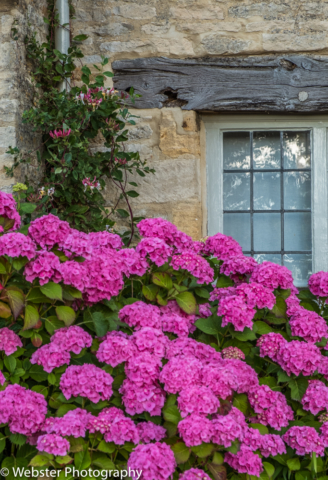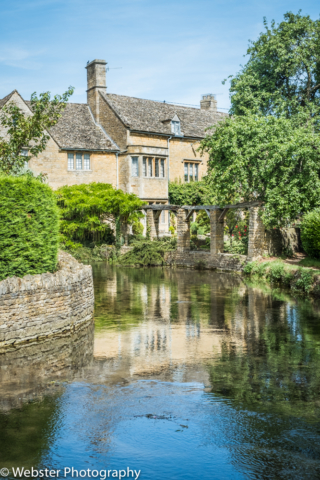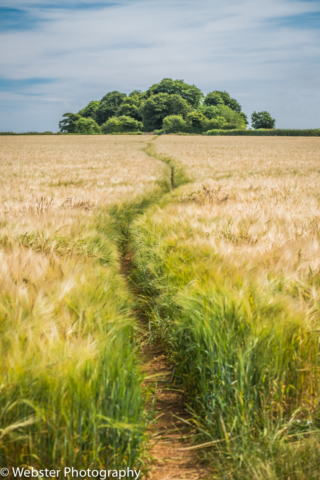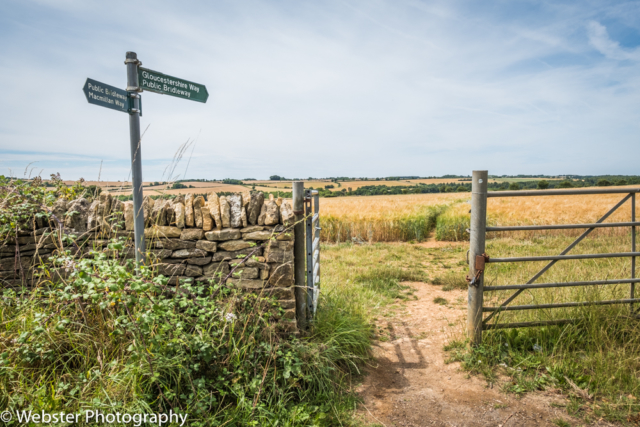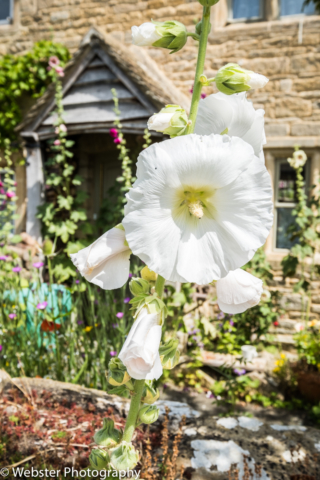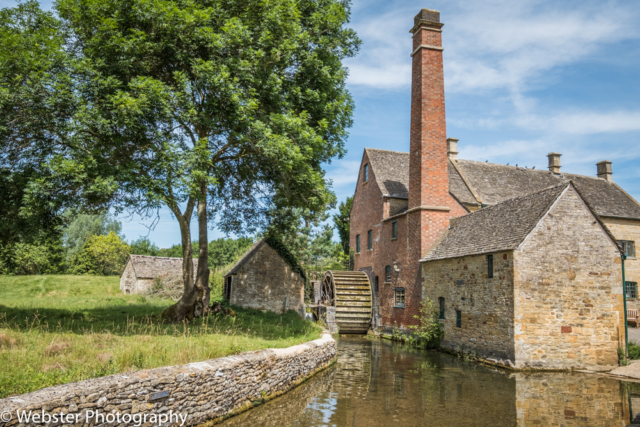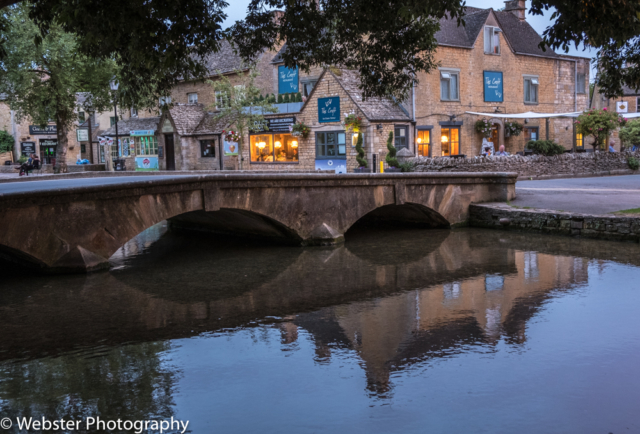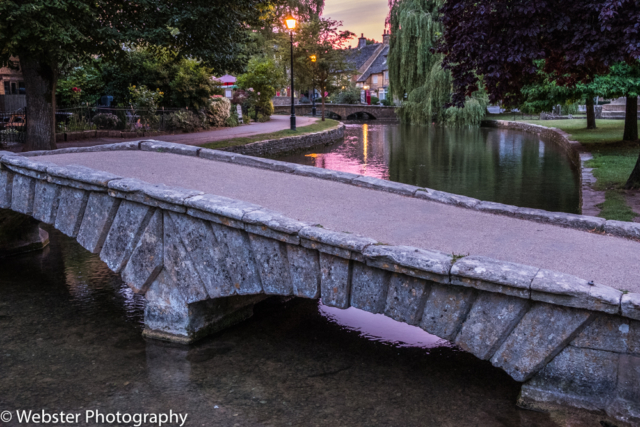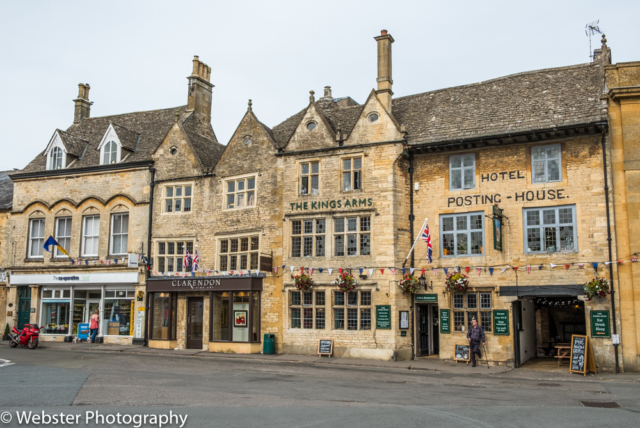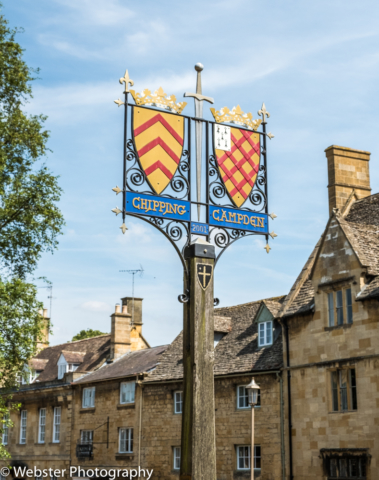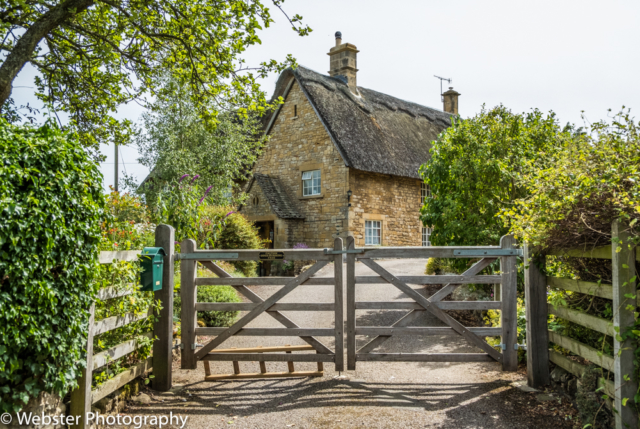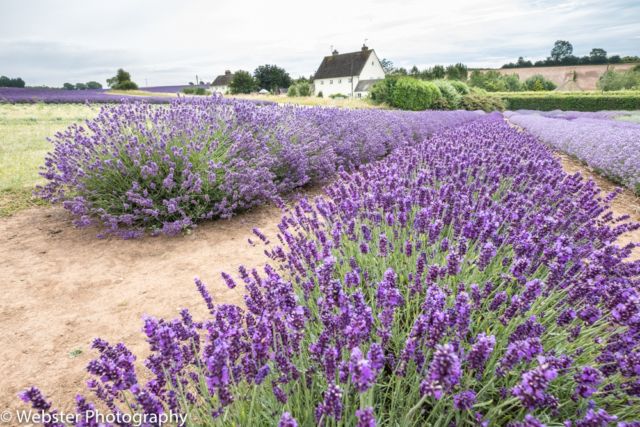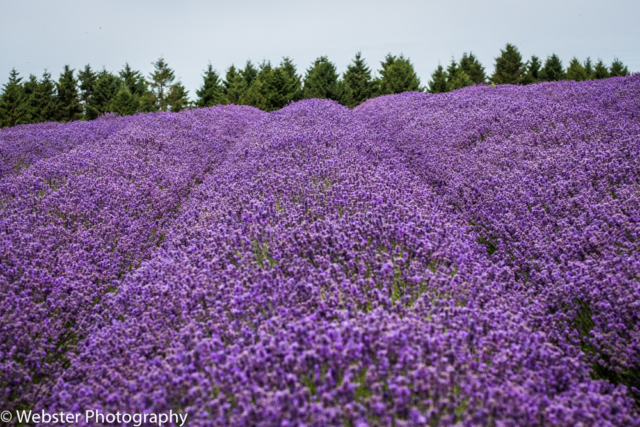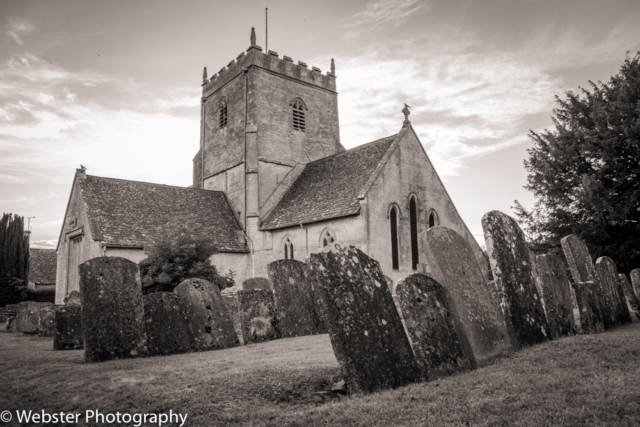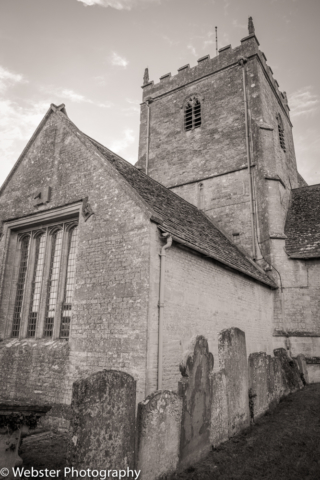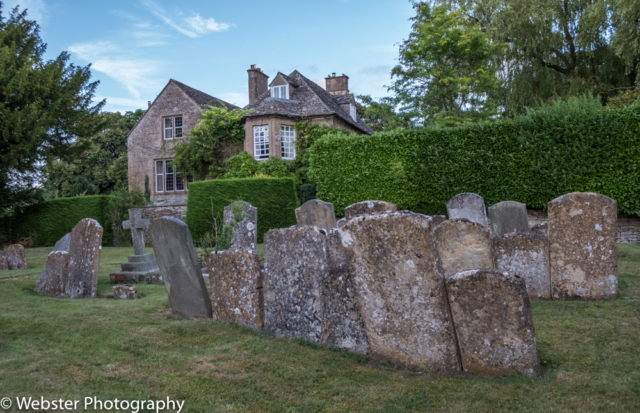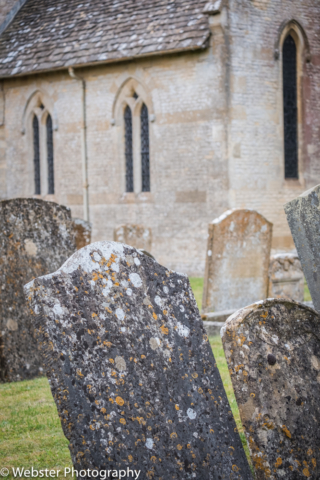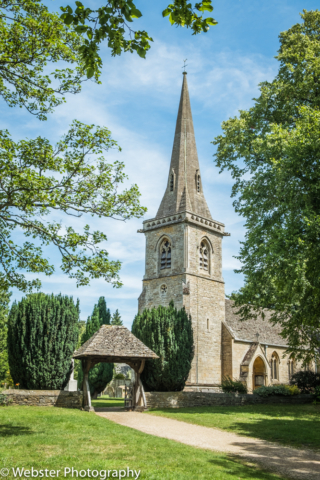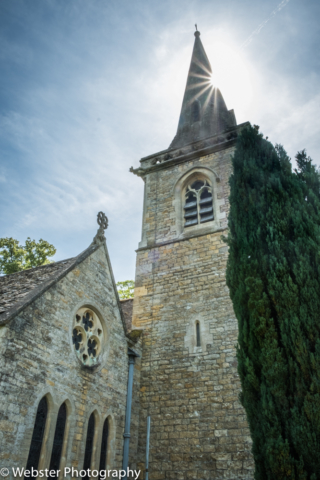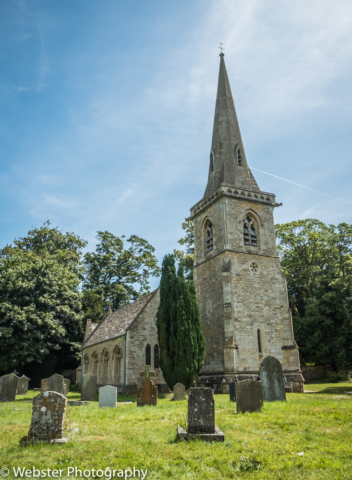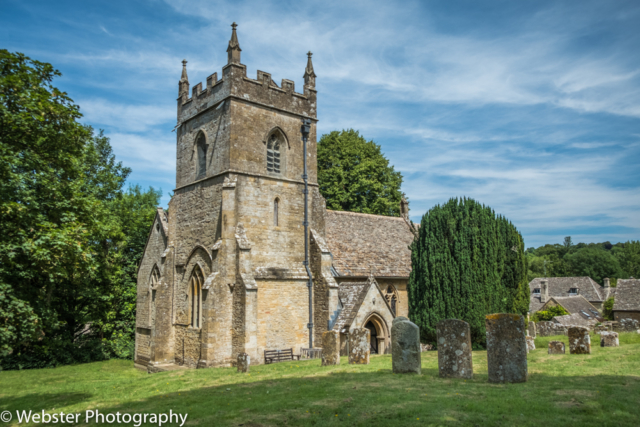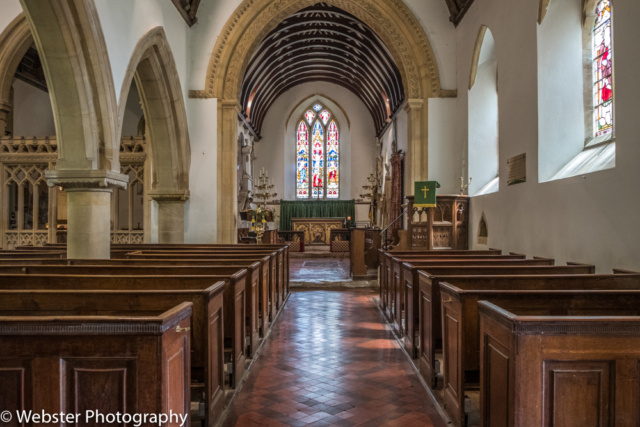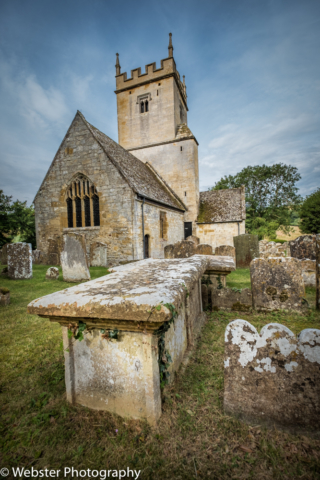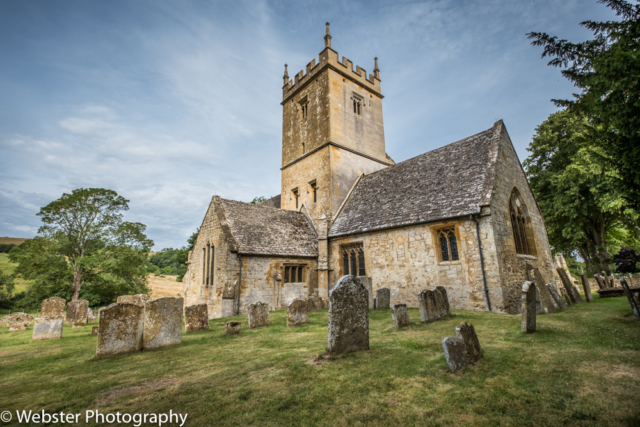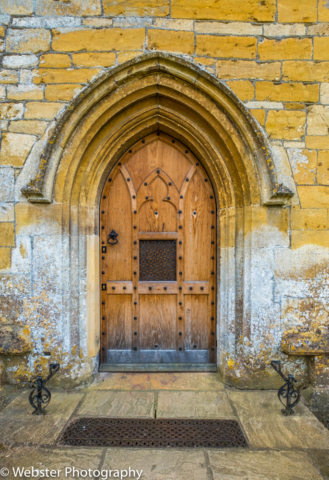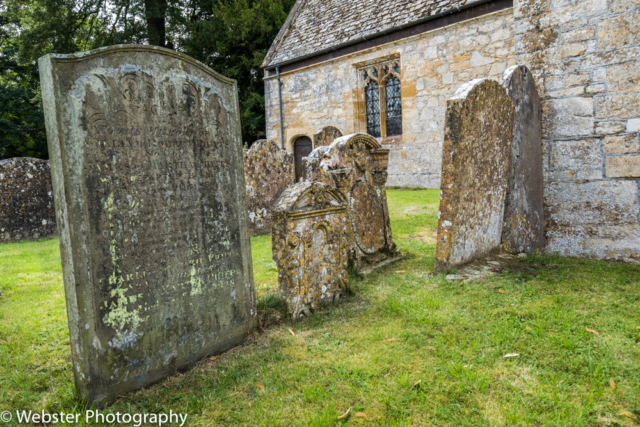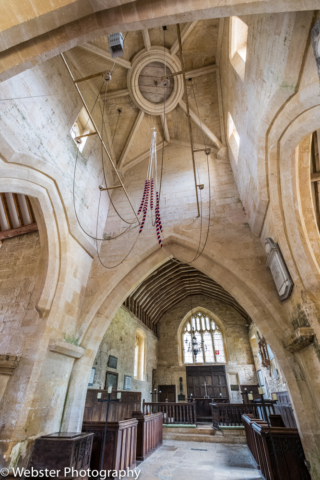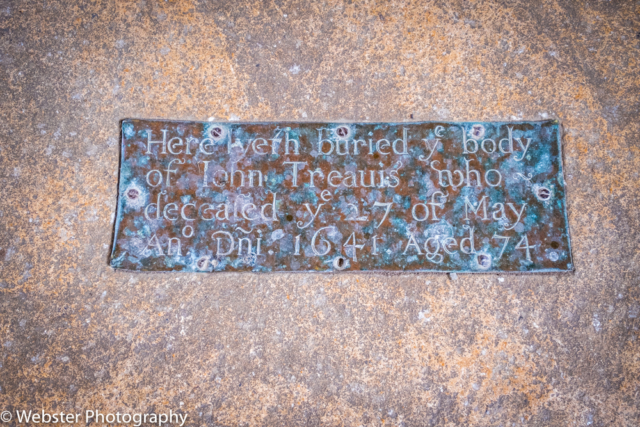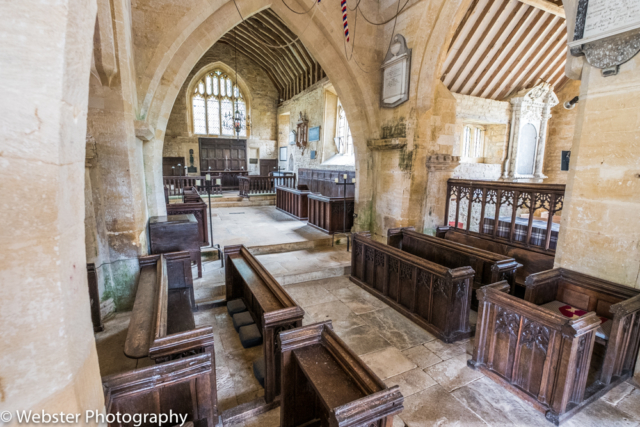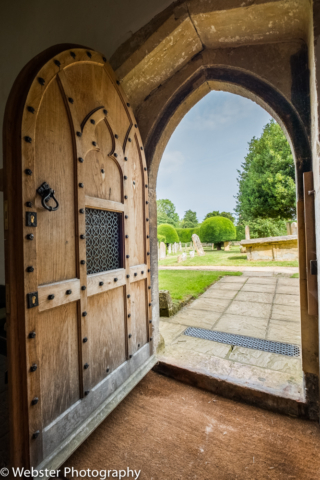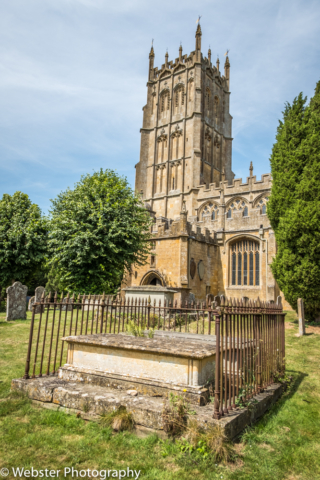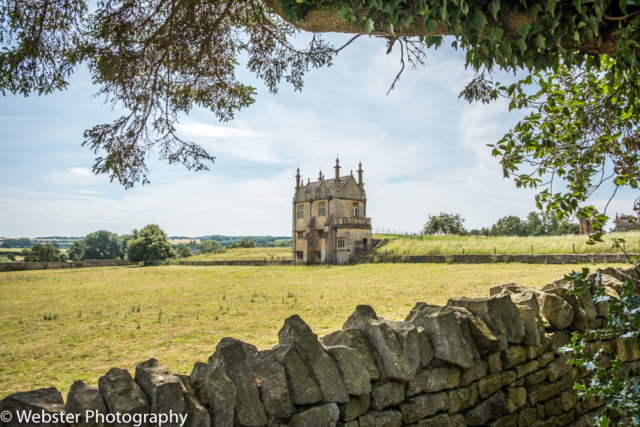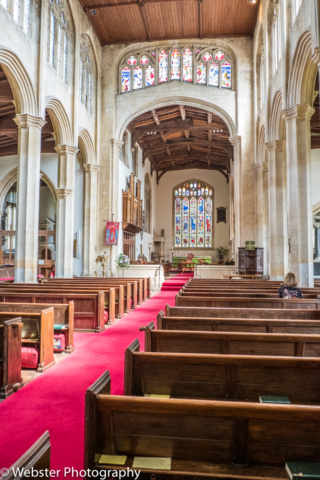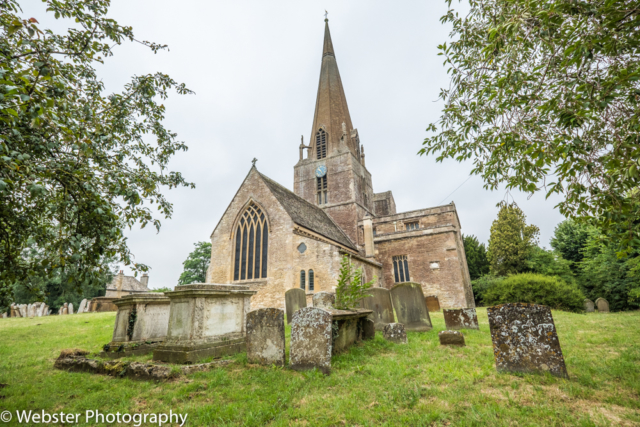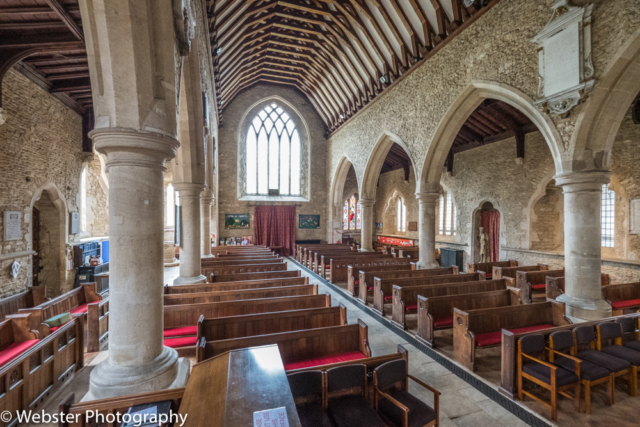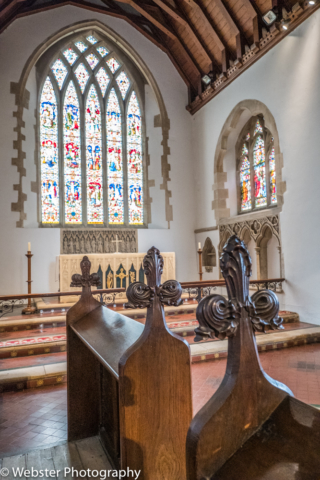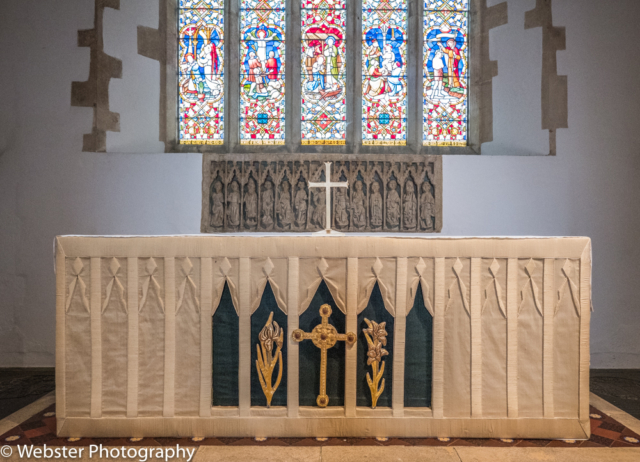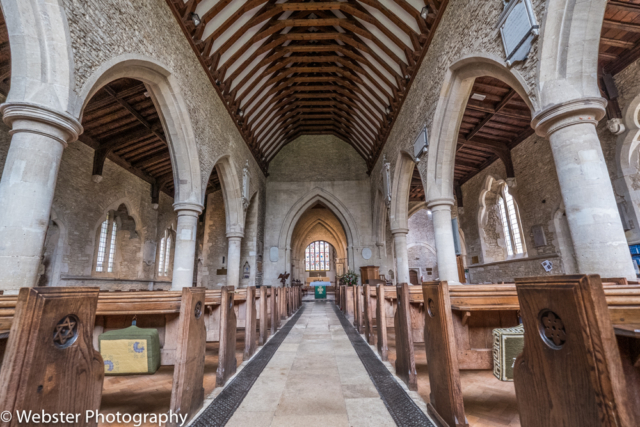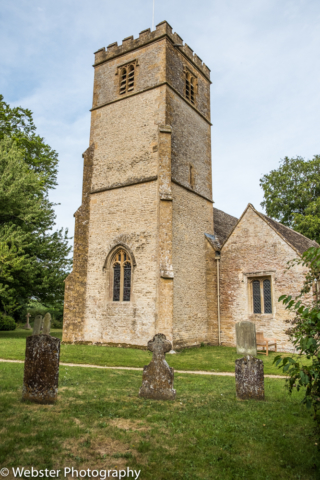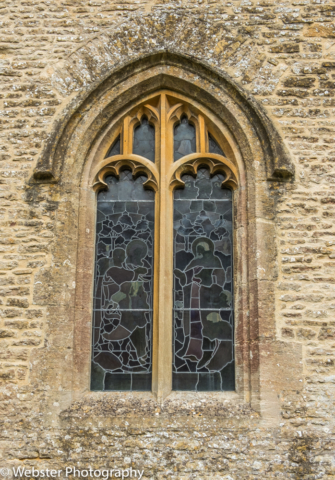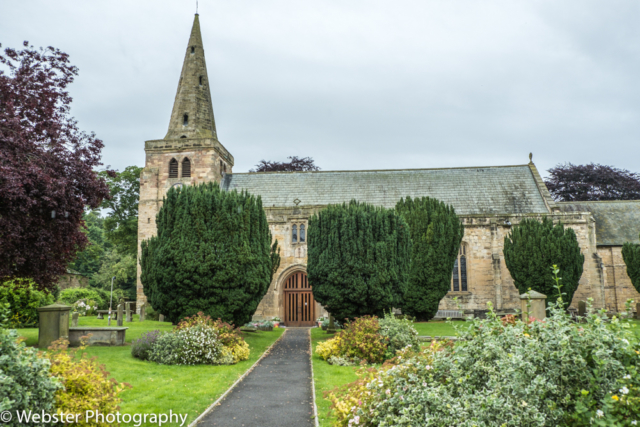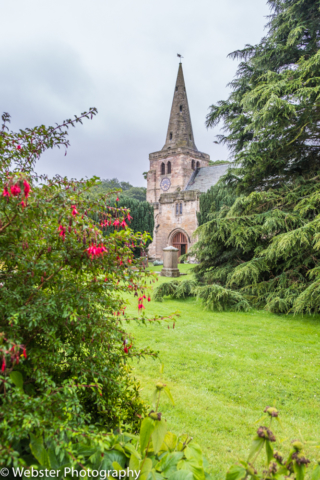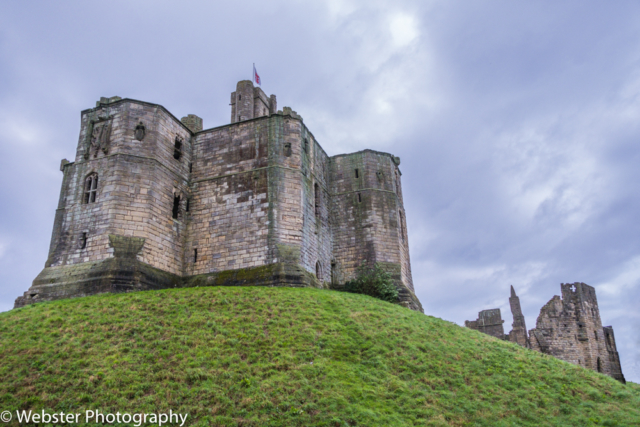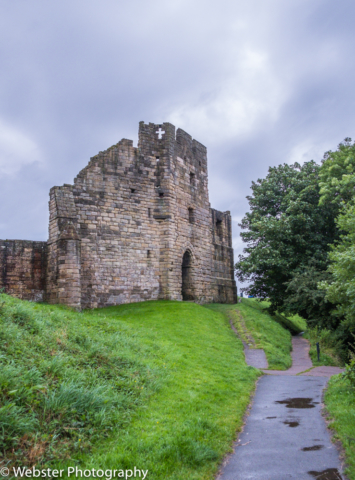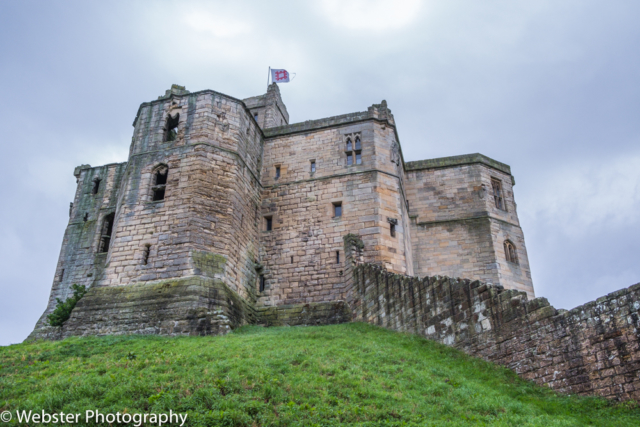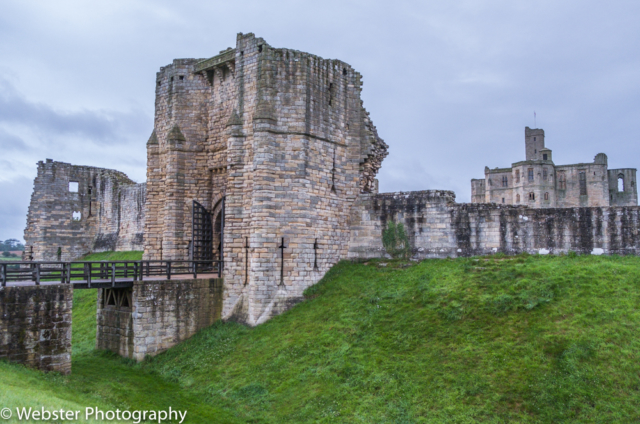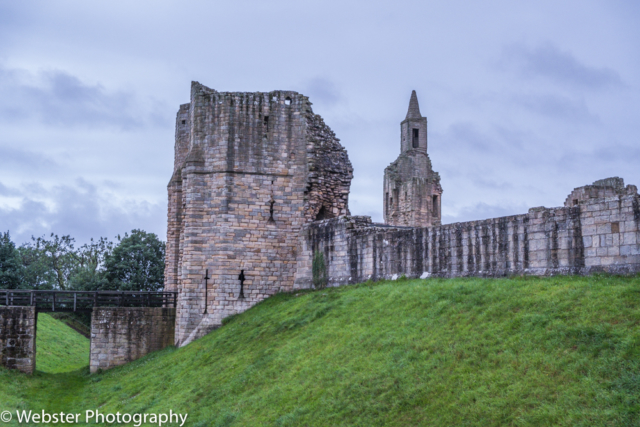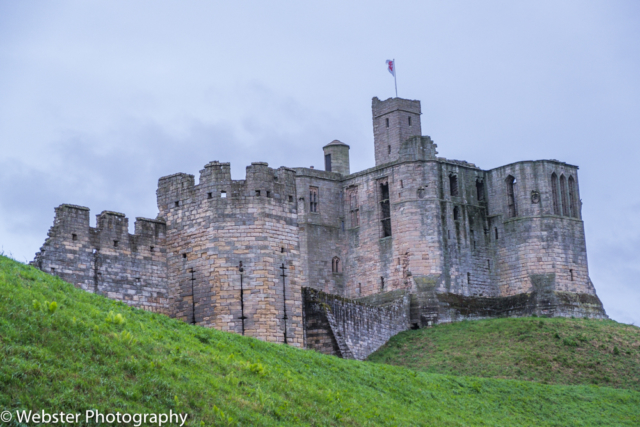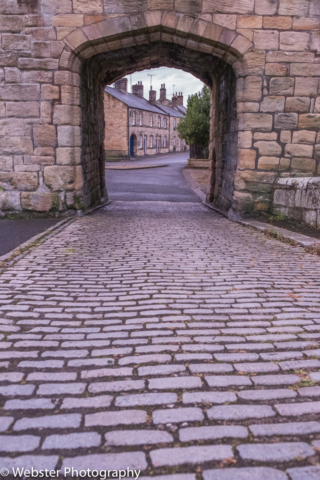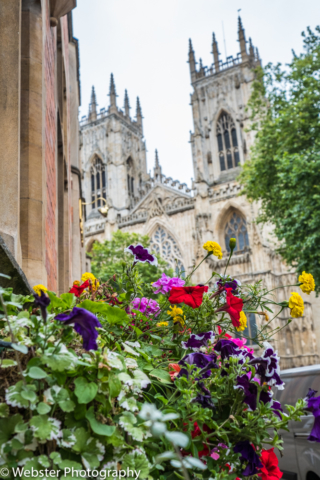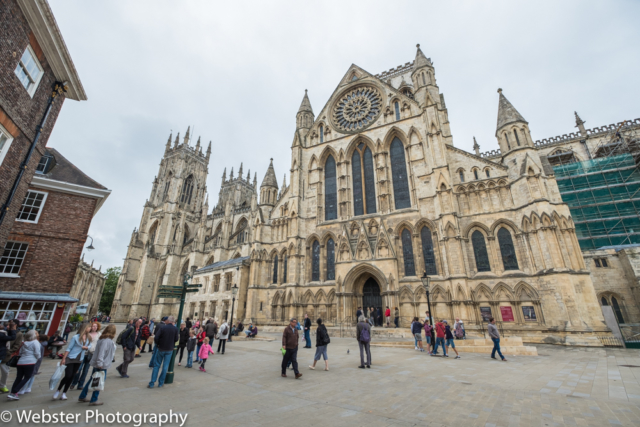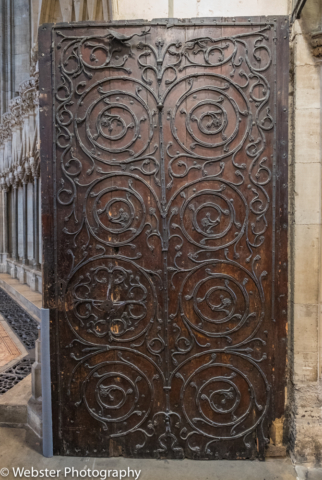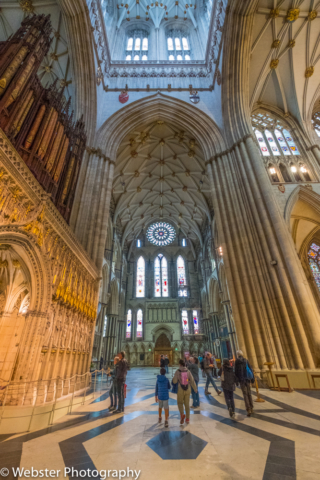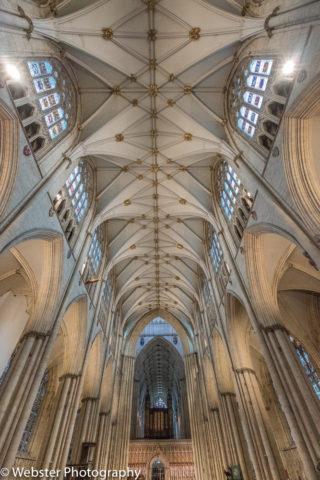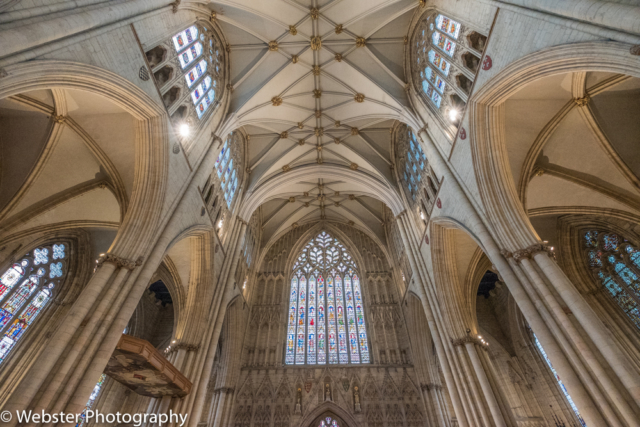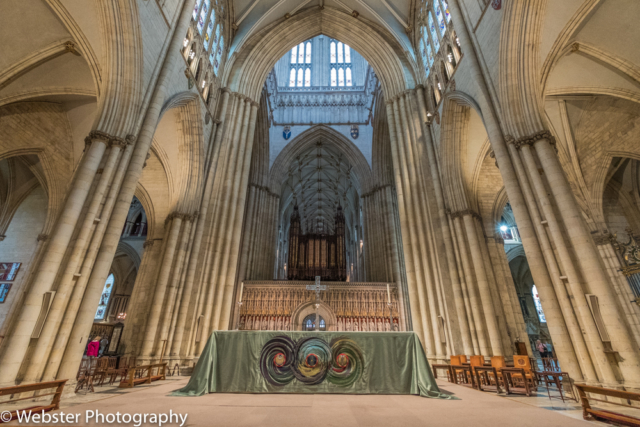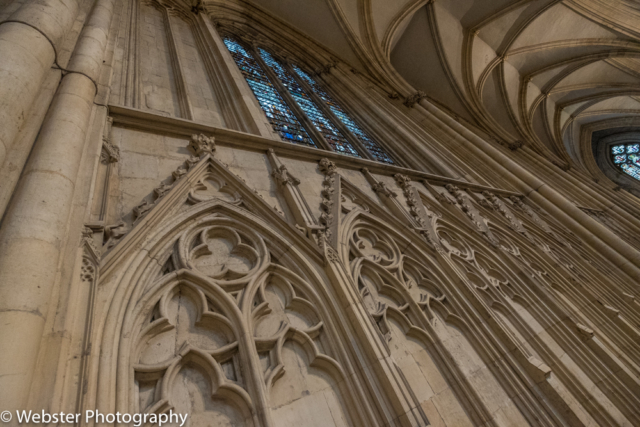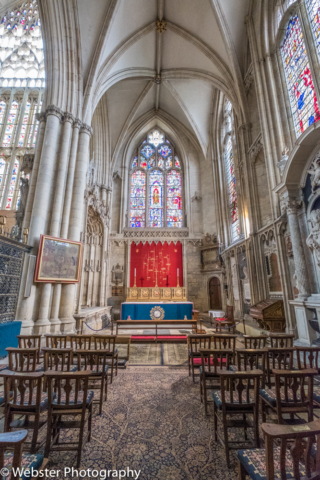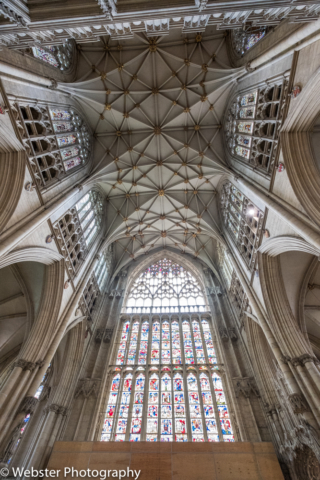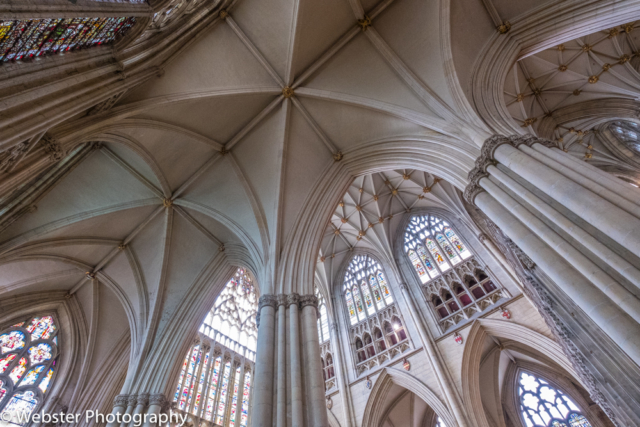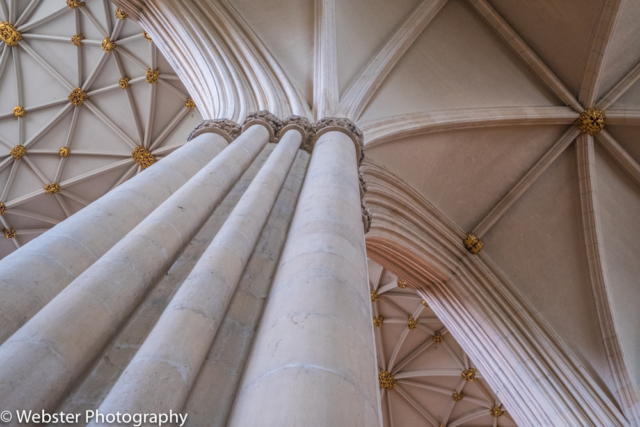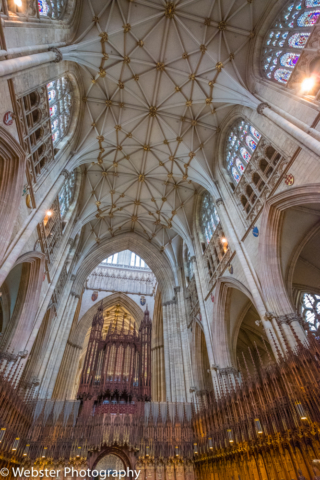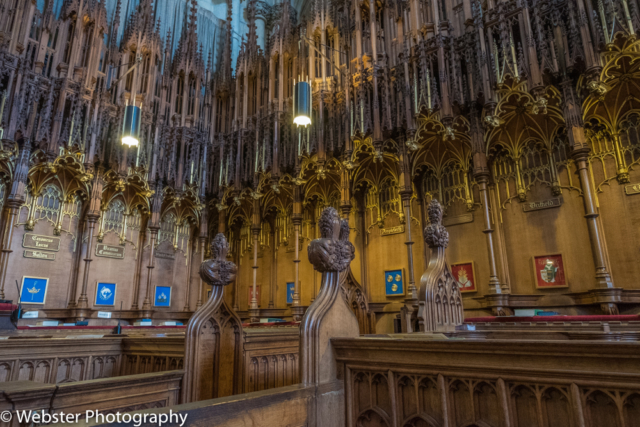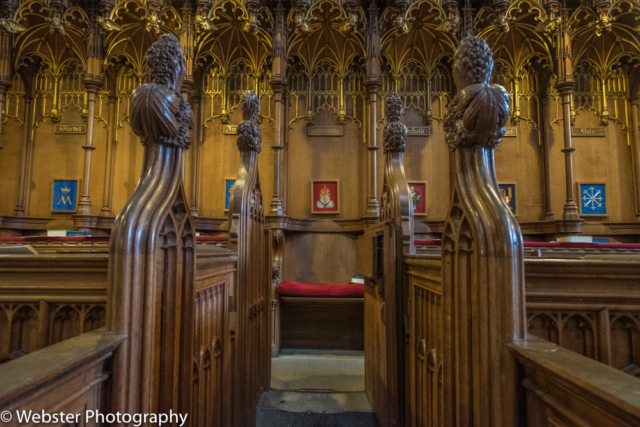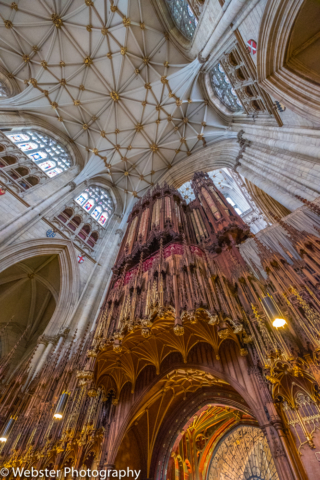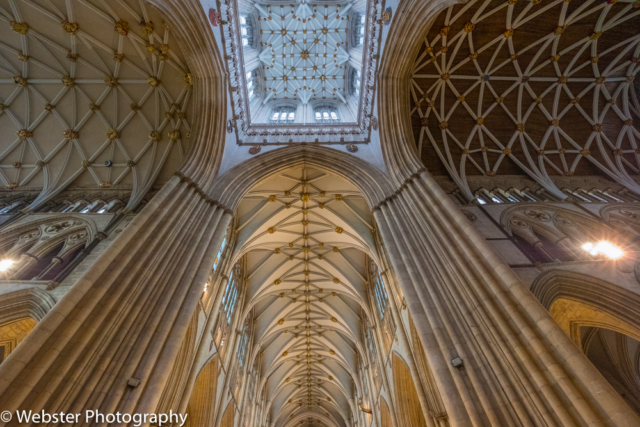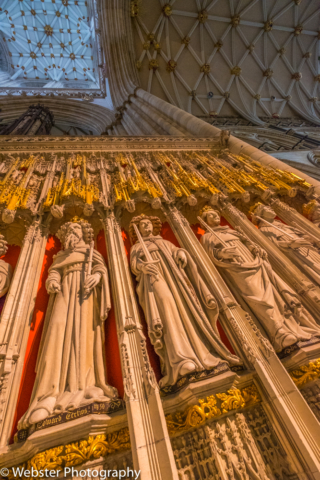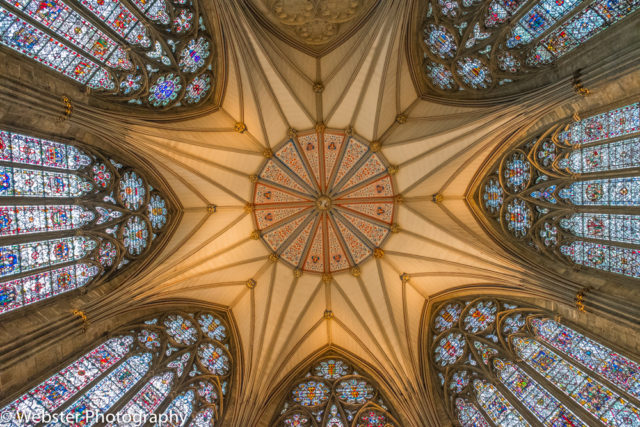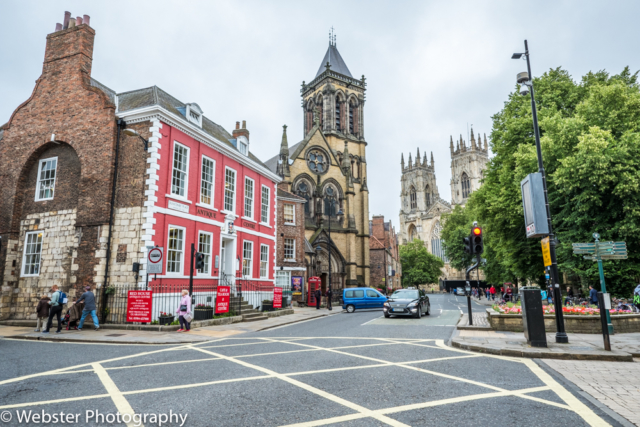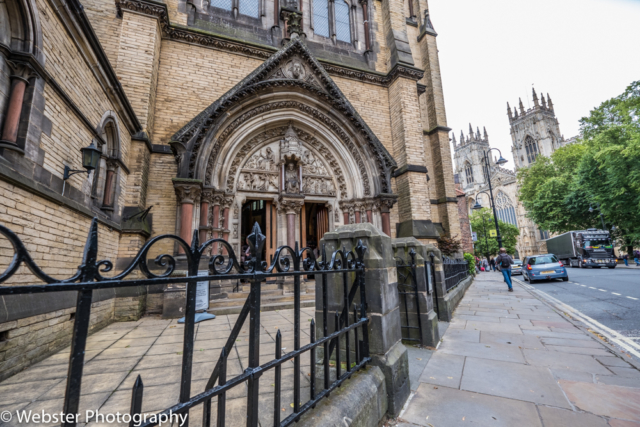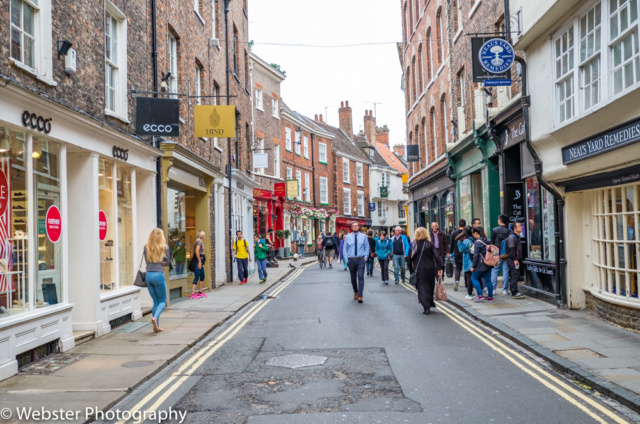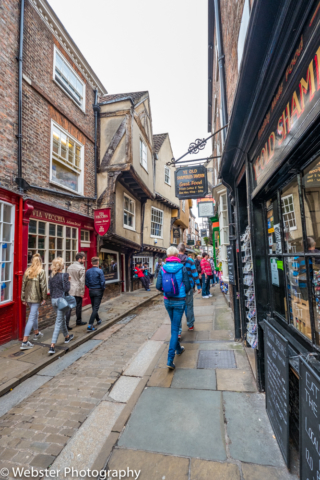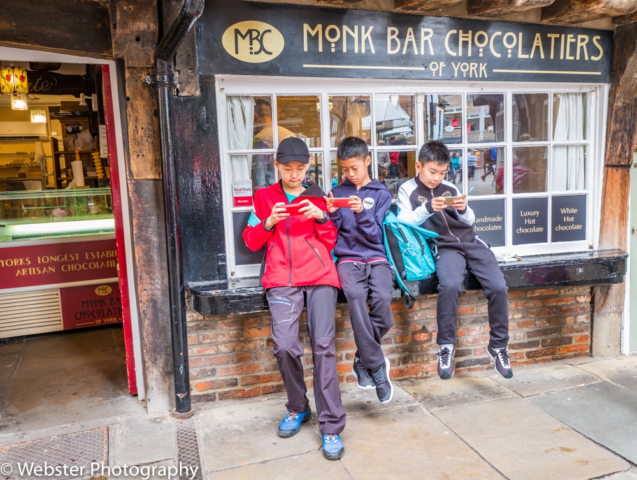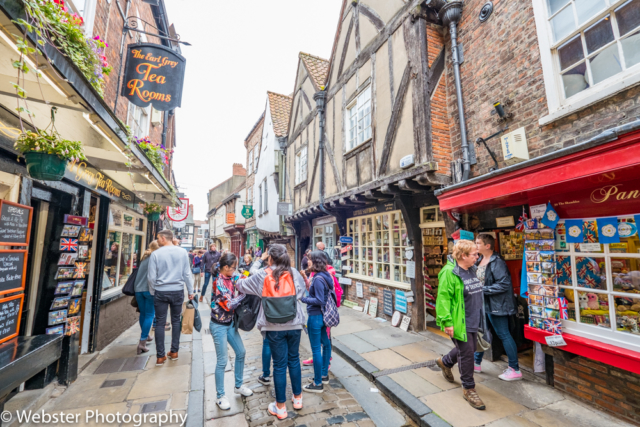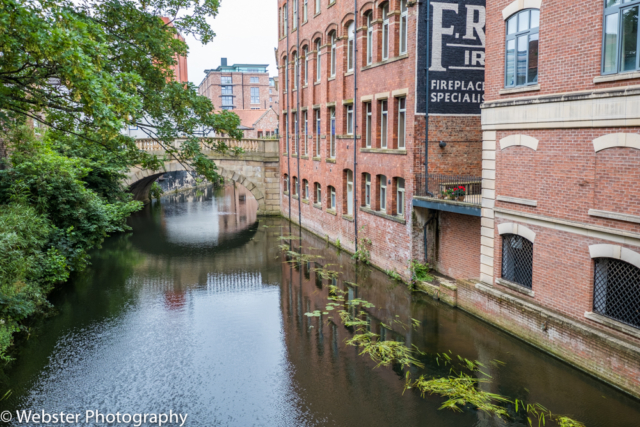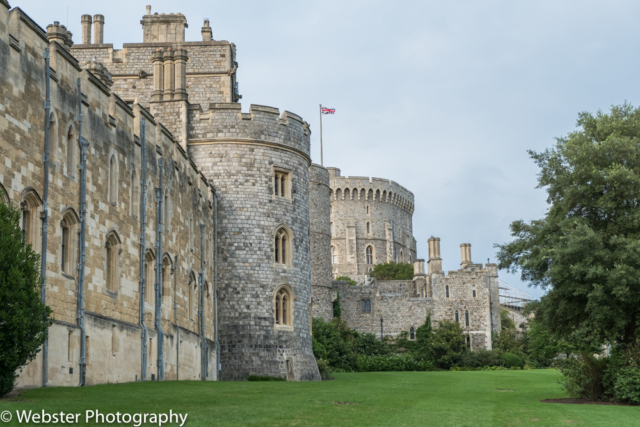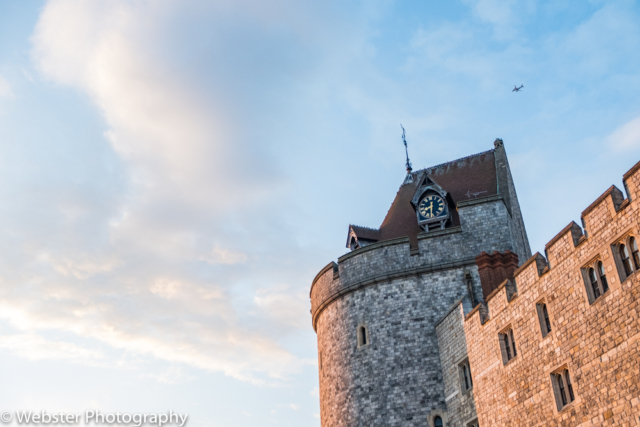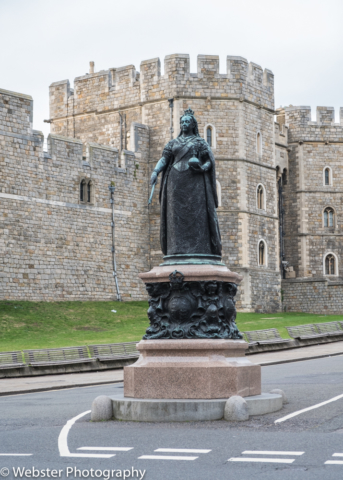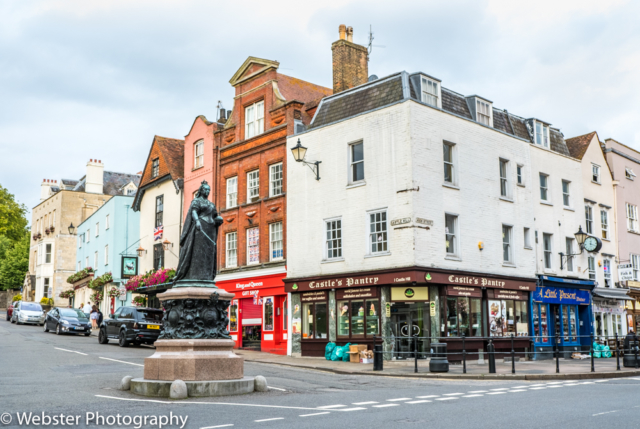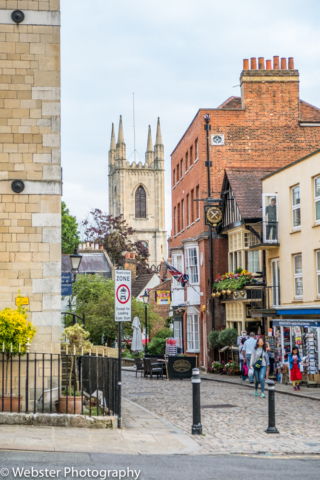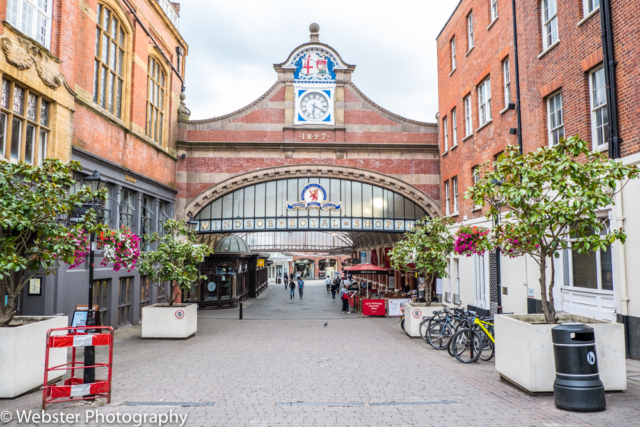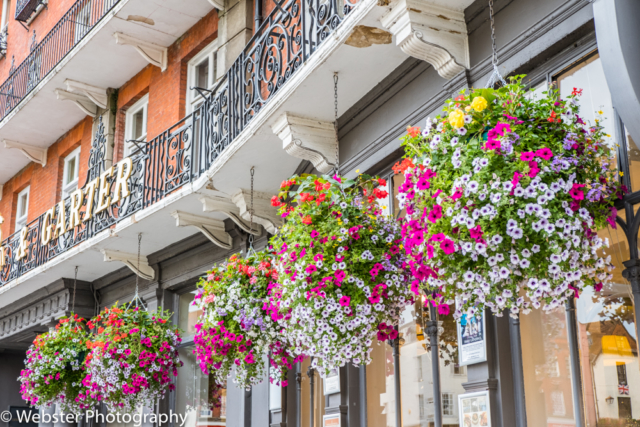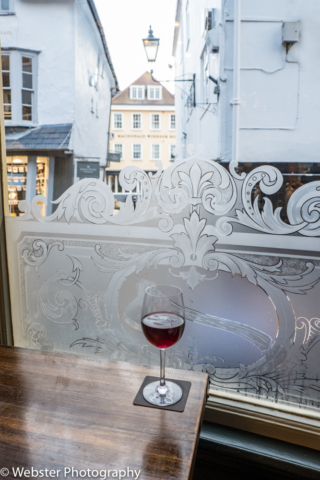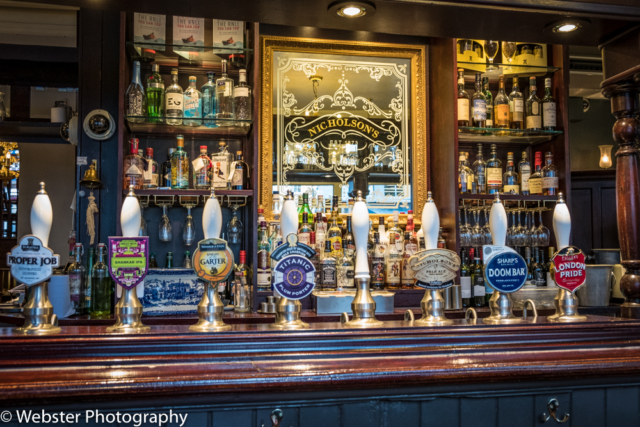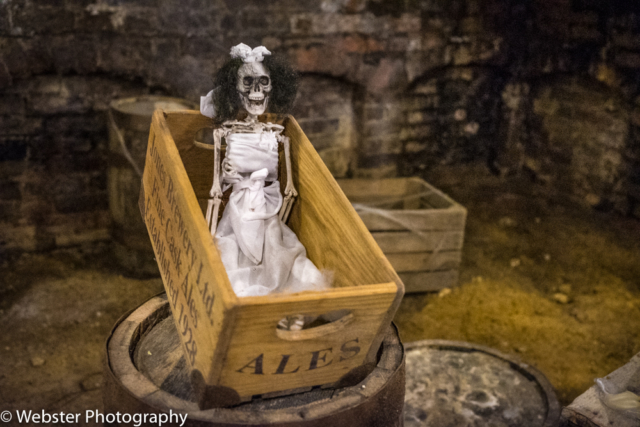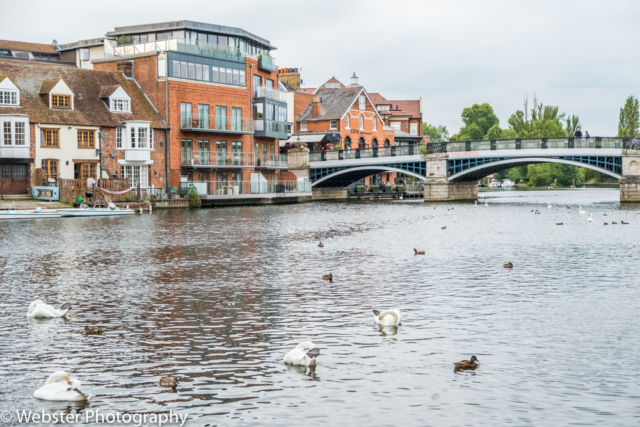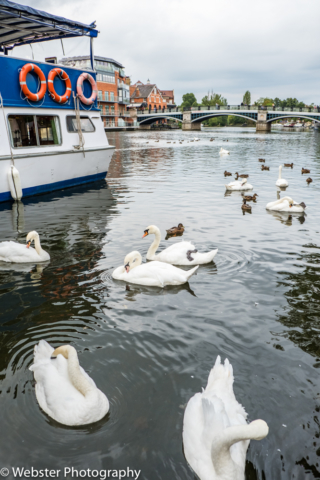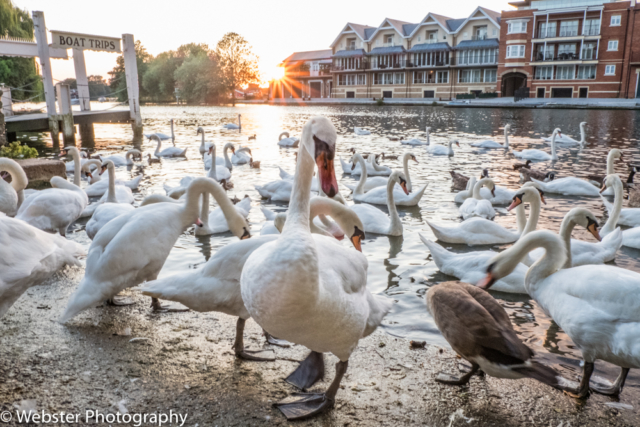Visited in July 2017- My trips to England are becoming more frequent now that I’m engaged to a Brit living in the U.S. I don’t mind! I love being able to explore Great Britain a little at a time. We often take a few days to explore on our own in between visits with family. A wedding of one of my fiance’s friends was the primary reason for this trip. We arrived several days early, flying into London and driving northwest first to the Cotswolds via Oxford. The University of Oxford complex was gorgeous!!
As the oldest university in the English-speaking world, Oxford is a unique and historic institution. There is no clear date of foundation, but teaching existed at Oxford in some form in 1096 and developed rapidly from 1167, when Henry II banned English students from attending the University of Paris. Source: Oxford University website http://www.ox.ac.uk/
We then drove on to Great Rissington in the Cotswolds and checked into the Daisy Cottage, a quaint bed & breakfast that was absolutely darling- so quintessential English! We explored several little villages throughout the Cotswolds during our visit, including Great Rissington, Lower and Upper Slaughter, Bourton-on-the-Water, Broadwell, Stow-in-the-Wold, Moreton-in-Marsh, Chipping Campden, Broadway and Bampton. I love all those descriptive names! We hiked between Bourton-on-the-Water and the Slaughters (both Lower and Upper) via the Gloucestershire Way Public Bridleway. It was fun walking through the knee-high grain fields. In Chipping Campden, I loved the thatched roofs on many of the homes. Then in Broadway, we arrived just in time to see the beautiful blooming lavender fields.
One of the many things I love about England are all the beautiful churches. Every small village in the Cotswolds had a church and many dated back to the 12th century with typical Romanesque architecture of large, rounded arches over doors, windows and in the nave of the church. I also loved walking around the graveyards, trying to find a tombstone dating back several hundred years that I could still read. Most of the readable inscriptions were found inside the churches on the floors and walls.
We left the Cotswolds for the north of England to visit family and attend the wedding in Warkworth. The wedding was held in the beautiful 12th century St. Lawrence Church. In between events, we were able to explore Warkworth a bit; a key highlight being the Warkworth Castle.
Source: Wikipedia: Warkworth Castle is a ruined medieval building in the village of the same name in the English county of Northumberland. The village and castle occupy a loop of the River Coquet, less than a mile from England’s north-east coast. When the castle was founded is uncertain: traditionally its construction has been ascribed to Prince Henry of Scotland in the mid-12th century, but it may have been built by King Henry II of England when he took control of England’s northern counties. Warkworth Castle was first documented in a charter of 1157–1164 when Henry II granted it to Roger fitz Richard. The timber castle was considered “feeble”, and was left undefended when the Scots invaded in 1173.
On our way back to London, we stopped in York for a couple of hours… it is all we could spare! We prioritized York Minster Cathedral and I’m so glad we did. Again, we could have spent a lot more time in the Cathedral; there was so much to see! I put on my wide angle lens and had a blast taking photos of the large columns, gothic arches, and stained-glass windows; endless shapes and textures!
Source: Wikipedia: The Cathedral and Metropolitical Church of Saint Peter in York, commonly known as York Minster, is the cathedral of York, England, and is one of the largest of its kind in Northern Europe. The minster is the seat of the Archbishop of York, the third-highest office of the Church of England(after the monarch as Supreme Governor and the Archbishop of Canterbury), and is the mother church for the Diocese of York and the Province of York. It is run by a dean and chapter, under the Dean of York. The title “minster” is attributed to churches established in the Anglo-Saxon period as missionary teaching churches, and serves now as an honorific title.Services in the minster are sometimes regarded as on the High Church or Anglo-Catholic end of the Anglican continuum.
In what little time we had left before we had to leave for Heathrow, we spent walking through The Shambles area with lots of quaint shops and restaurants.
Source: Wikipedia: The Shambles is an old street in York, England, with overhanging timber-framed buildings, some dating back as far as the fourteenth century. It was once known as The Great Flesh Shambles, probably from the Anglo-Saxon Fleshammels (literally ‘flesh-shelves’), the word for the shelves that butchers used to display their meat. As recently as 1872 twenty-five butchers’ shops were located along the street, but now none remain.
We ended up having more time than we thought before we had to head to Heathrow, so we decided to have dinner in Windsor. We just had enough time to walk around the outside of Windsor Castle and enjoy a beautiful sunset along the Thames. What a wonderful way to end another trip to England.


